It was in 1778 when a group of Dutch scholars established a scientific institution to promote research in the fields of arts and sciences in the Dutch East Indies, following the Age of Enlightenment in Europe. When the British ruled Java for a brief period of time, Thomas Stamford Raffles became the director of the society and ordered the construction of a new building as the meeting hall and museum. However, over the following years due to the growing number of the collections, the Dutch built an even bigger museum to house and display the artifacts. But it was not until 1868 when the museum was officially opened to public.
Today the building serves as the national museum of Indonesia (Museum Nasional) which is also affectionately called Museum Gajah (the Elephant Museum) after the bronze elephant statue in the front yard of the building which was a gift* from King Chulalongkorn (Rama V) of Thailand in return of a statue of the Buddha given by a Javanese king which is now placed in Wat Phra Kaew in Bangkok. With tens of thousands of artifacts from all over Indonesia and Asia, Museum Nasional has the richest and most comprehensive collection on Indonesia’s history.
Going through Jakarta’s streets on a Saturday morning without getting stuck in macet – traffic jam, I conveniently drive for only less than half an hour to get to the museum. Apparently some parts of it are under major renovations, hence not all sections are open for the public. I feel slight disappointment at first, but it quickly dissipates as I wander through a section which hosts the ethnography of Indonesia. Having been living in the country since I was born, little did I know about the interesting, beautiful and often curious artifacts from more than 17,000 islands that made up Indonesia.
Despite the wide-ranging collections, Museum Nasional desperately needs major upgrades on how the artifacts and information should be displayed so that visitors are not only able to get proper information on each collection, but also a pleasant visit in general. I cannot help to compare my visits to Angkor National Museum in Siem Reap, Cambodia and Ayala Museum in Manila, the Philippines which have not only enriched me but also left nice memories for me. I hope the undergoing renovations really make Museum Nasional a much better place to learn about the history of Indonesia, both for locals and foreign visitors.
The followings are some of my favorite collections in the sections which were open during my visit.
ETHNOGRAPHY
STATUES
TEXTILE
*Update: This “gift” was in fact a very expensive price Indonesia had to pay since dozens of relief panels, statues and other decorative elements of Borobudur were transported to Thailand and now reside in Bangkok’s Wat Phra Kaew.
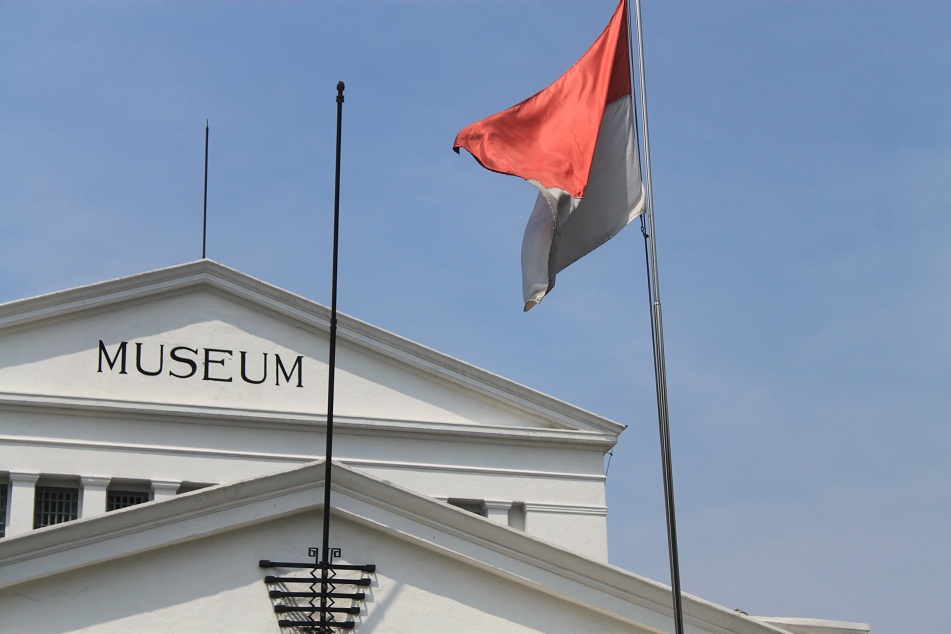
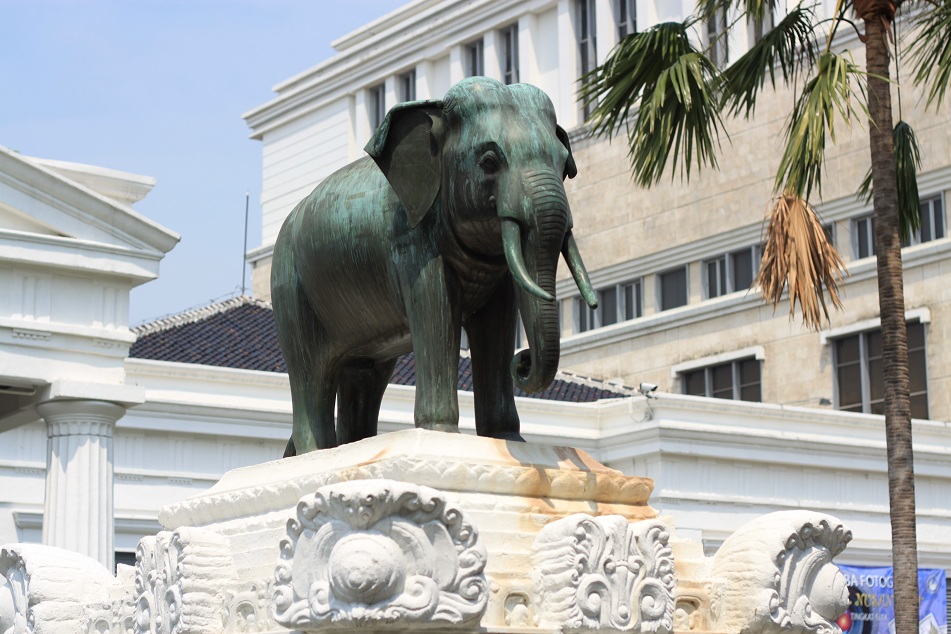
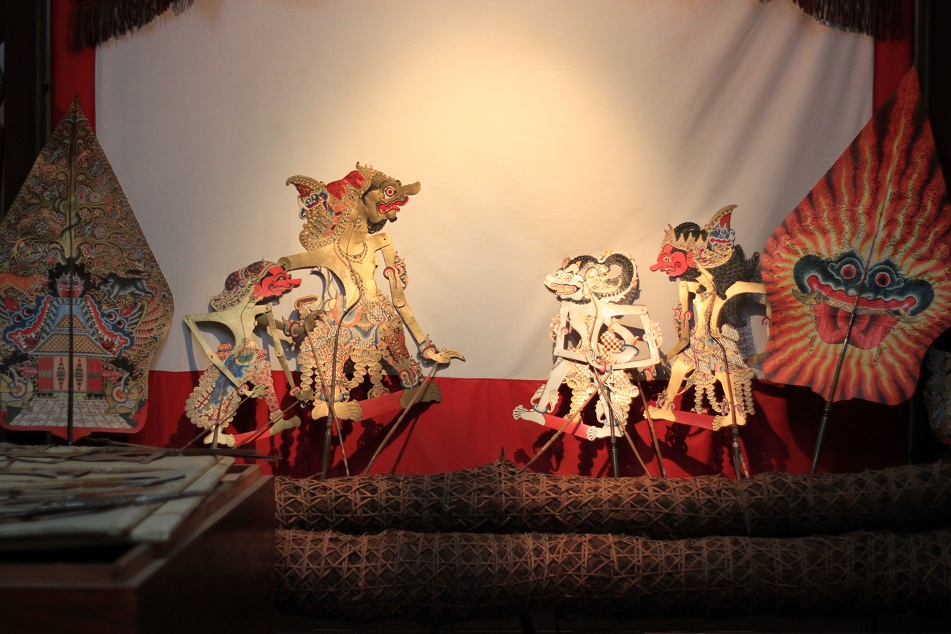
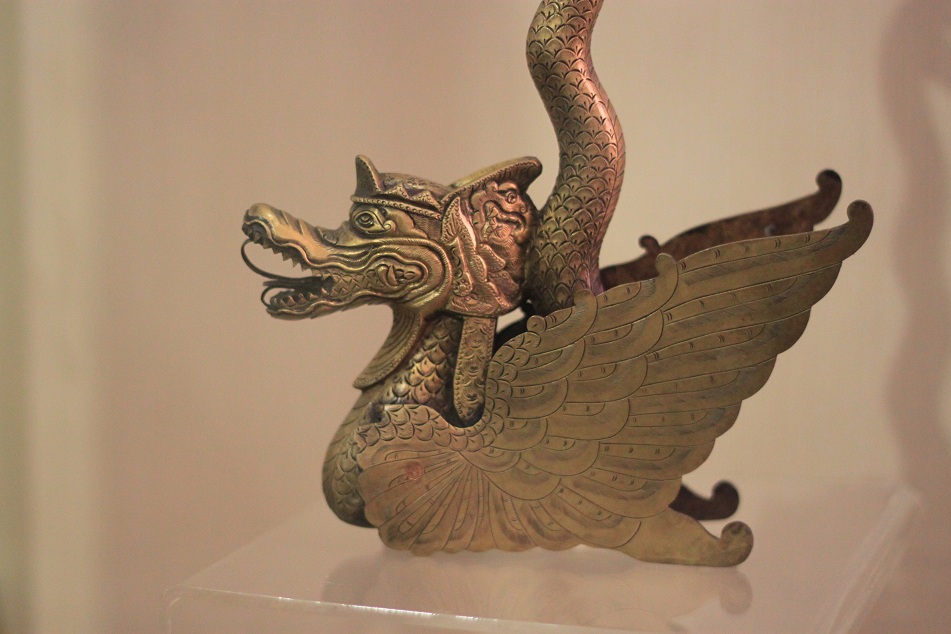
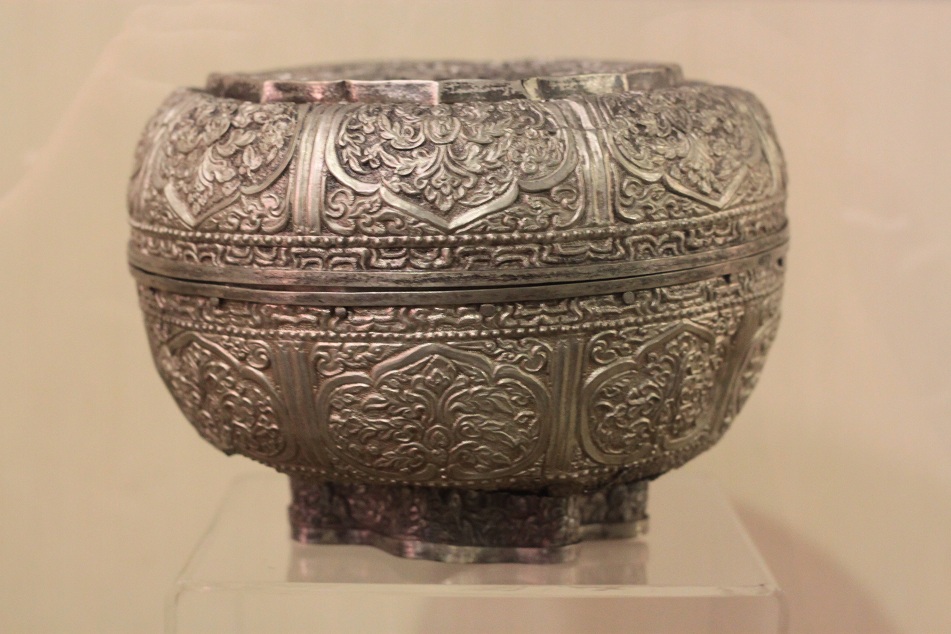
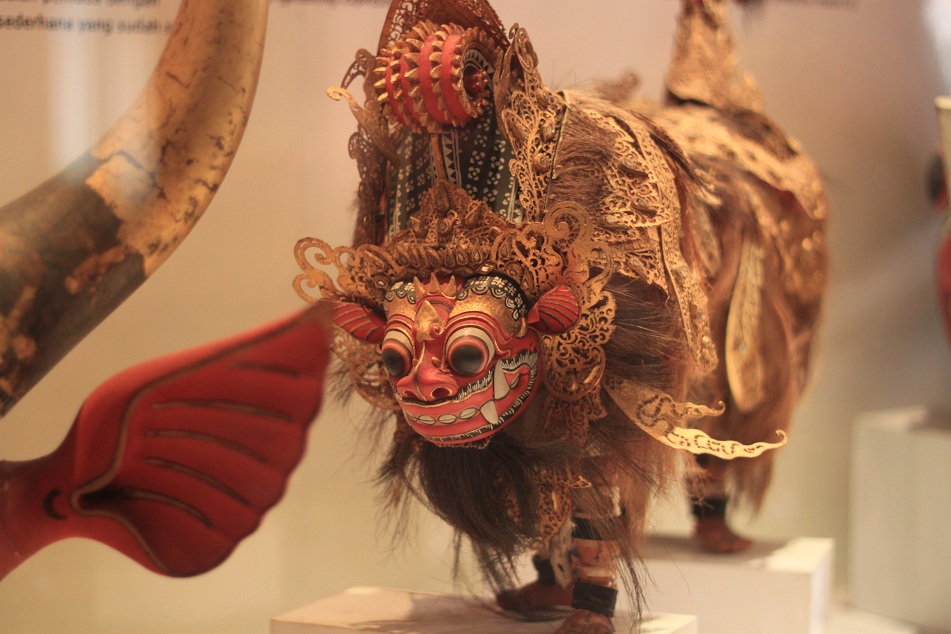
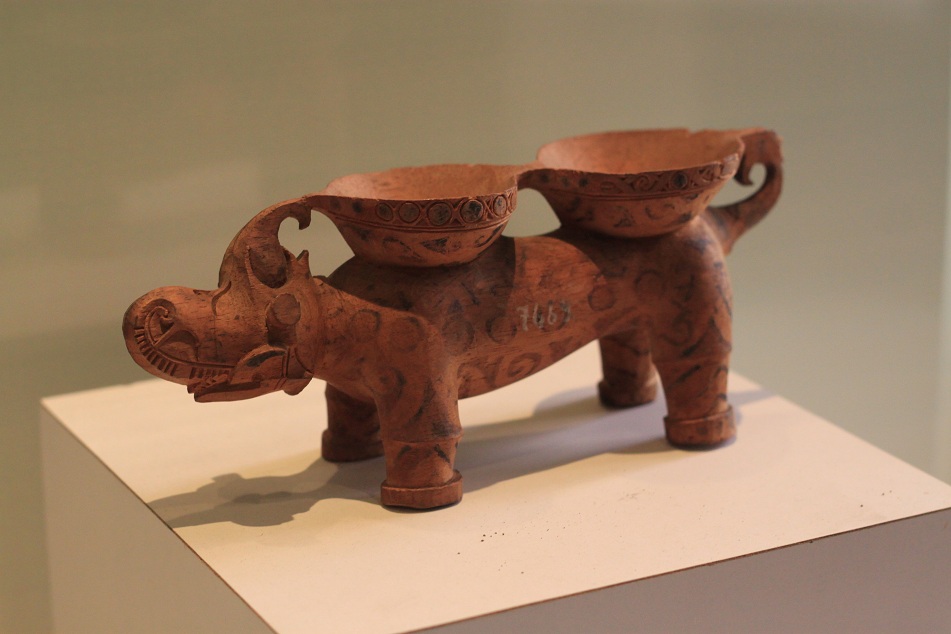

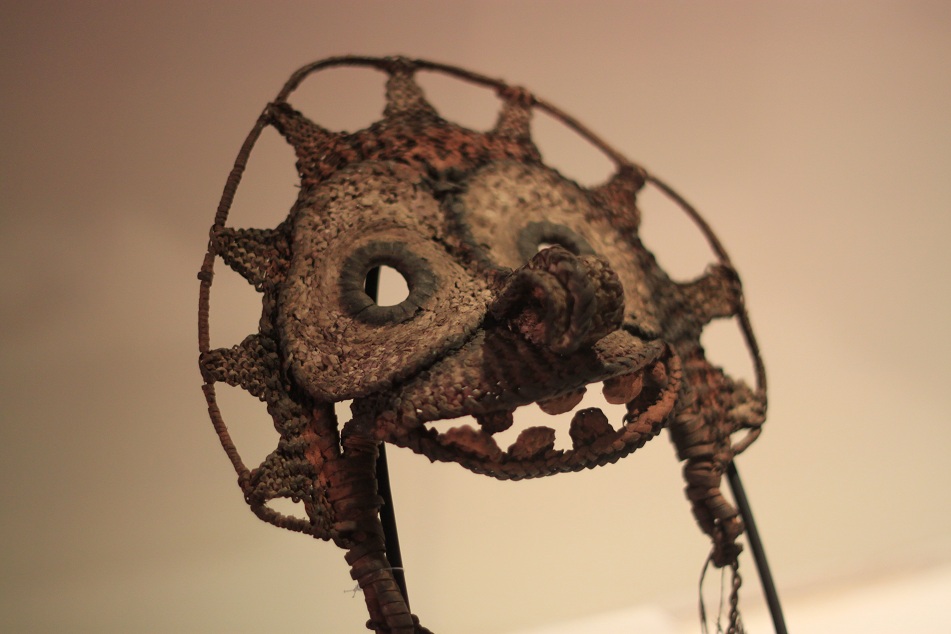

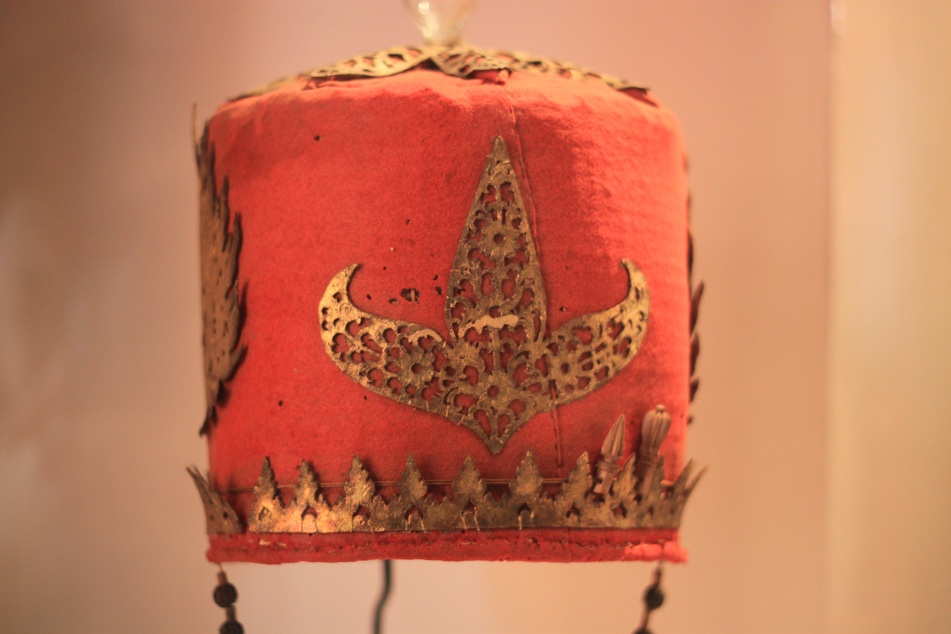
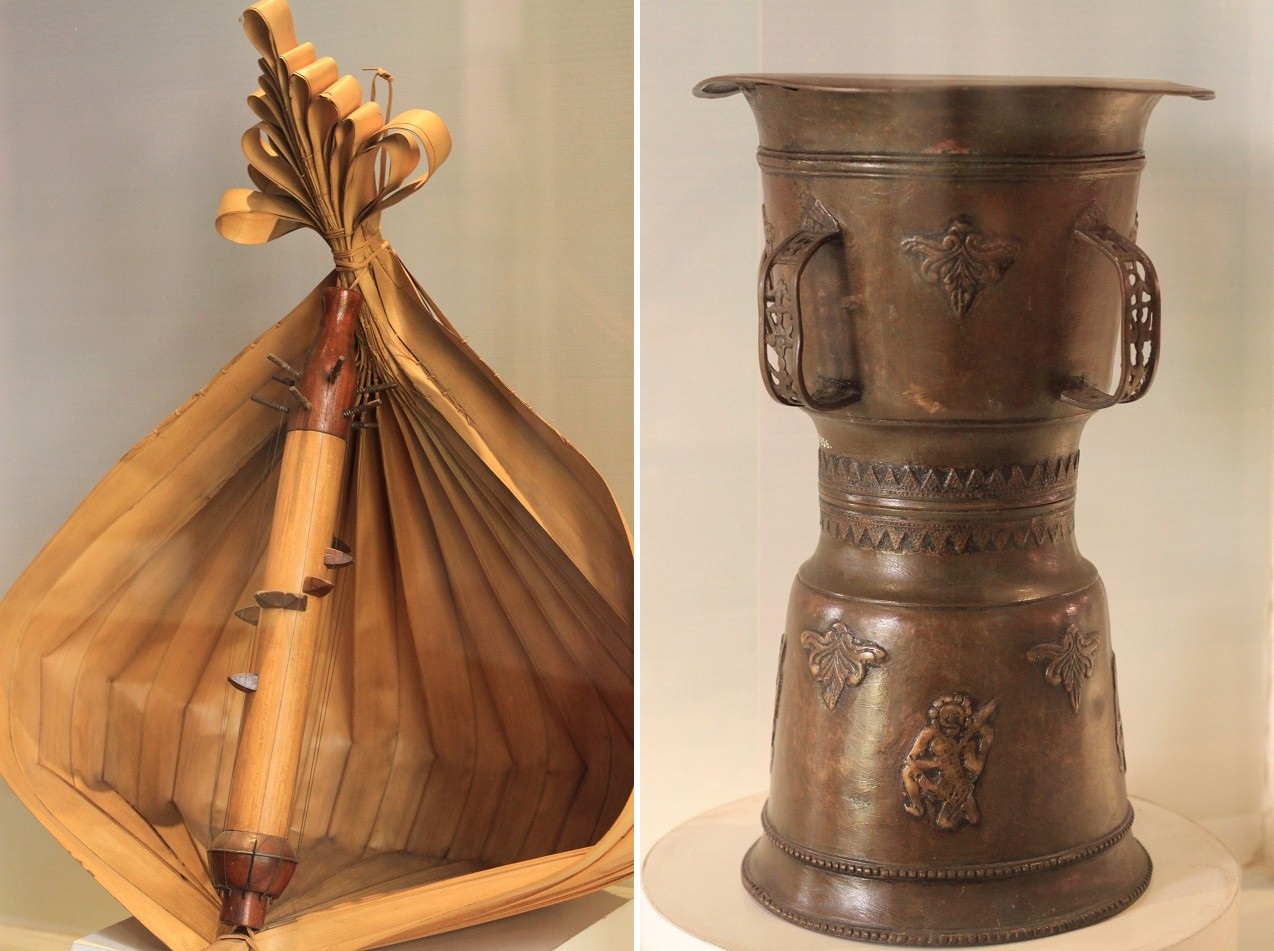
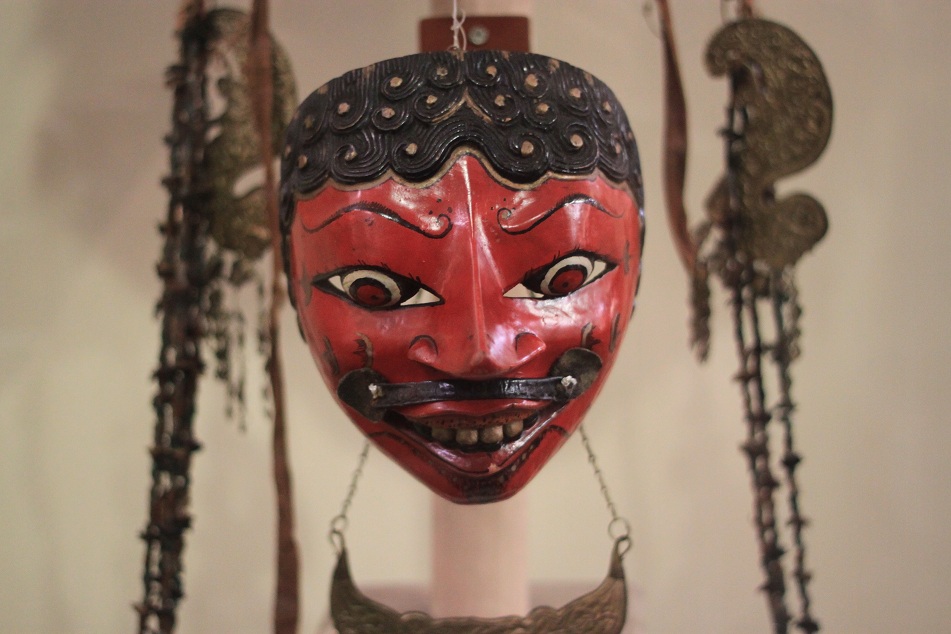
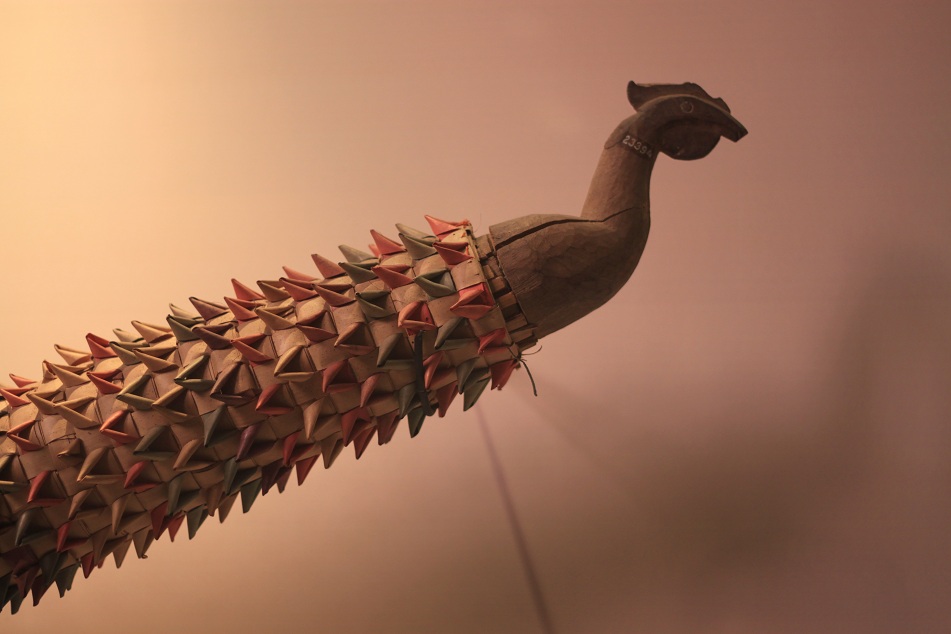
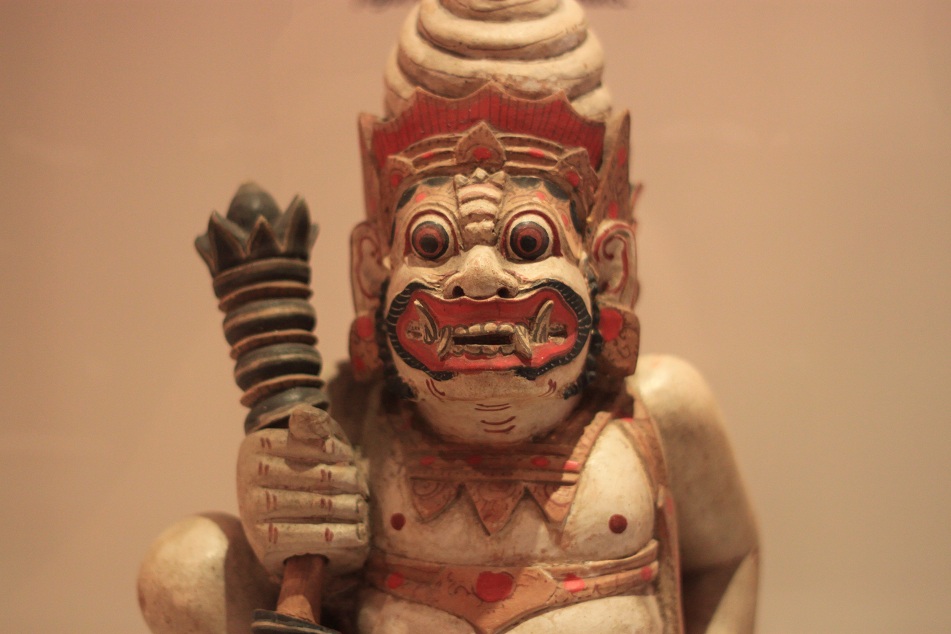
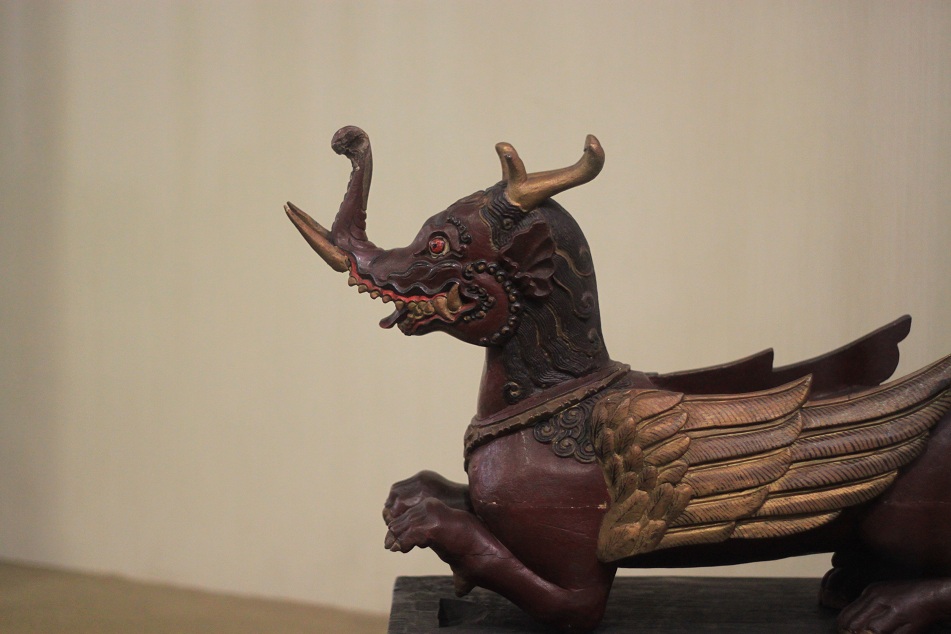
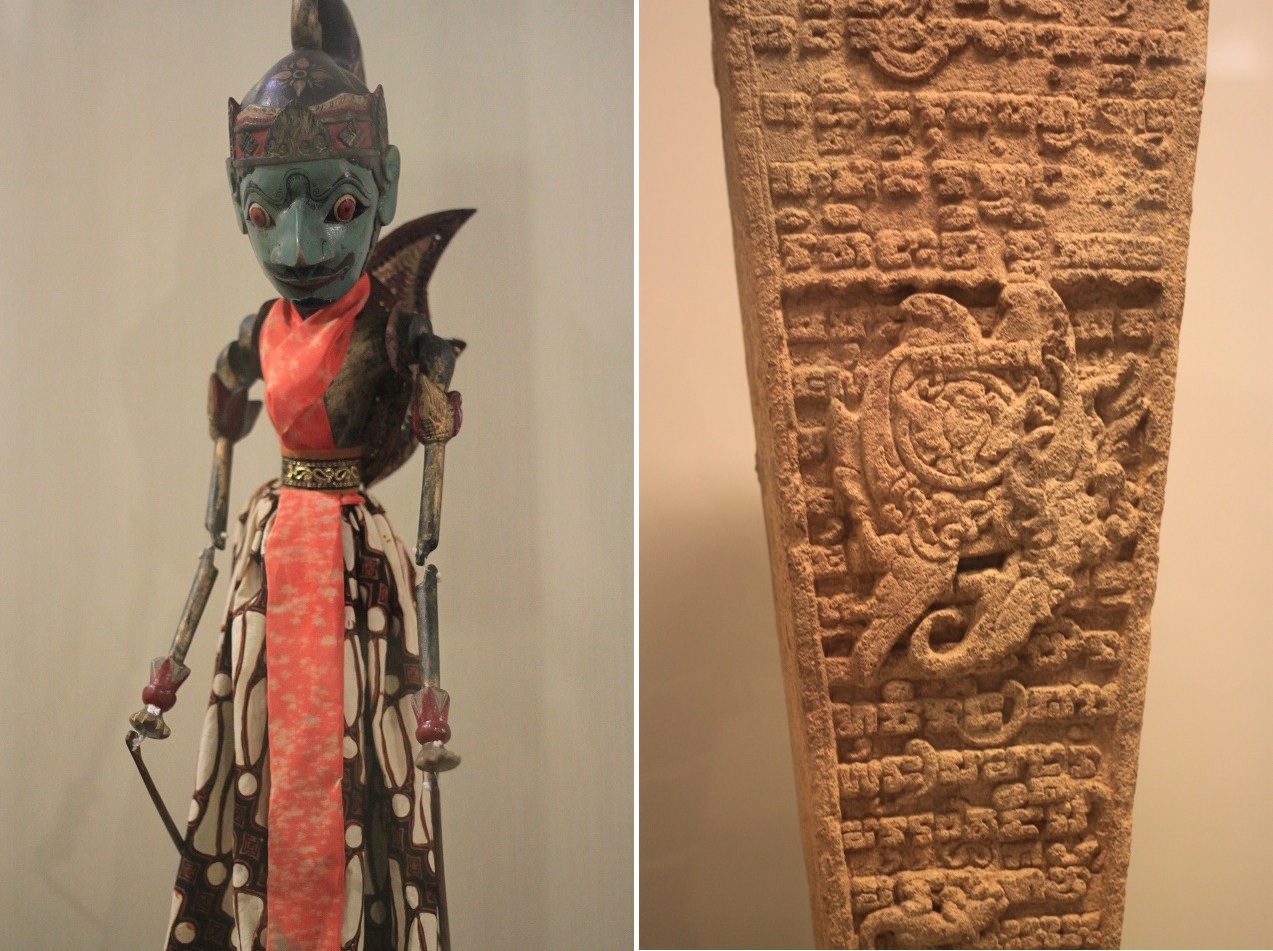

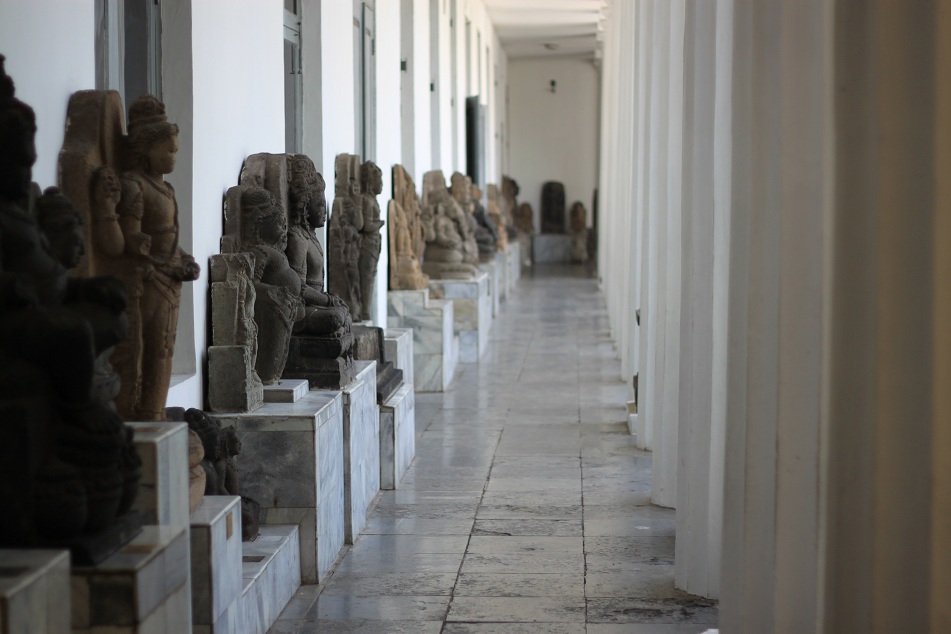

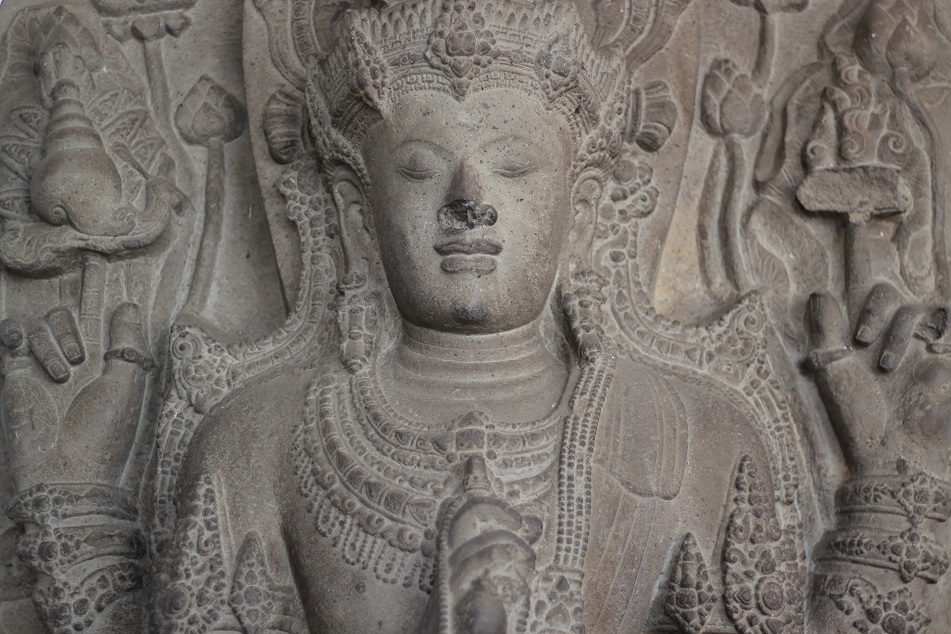
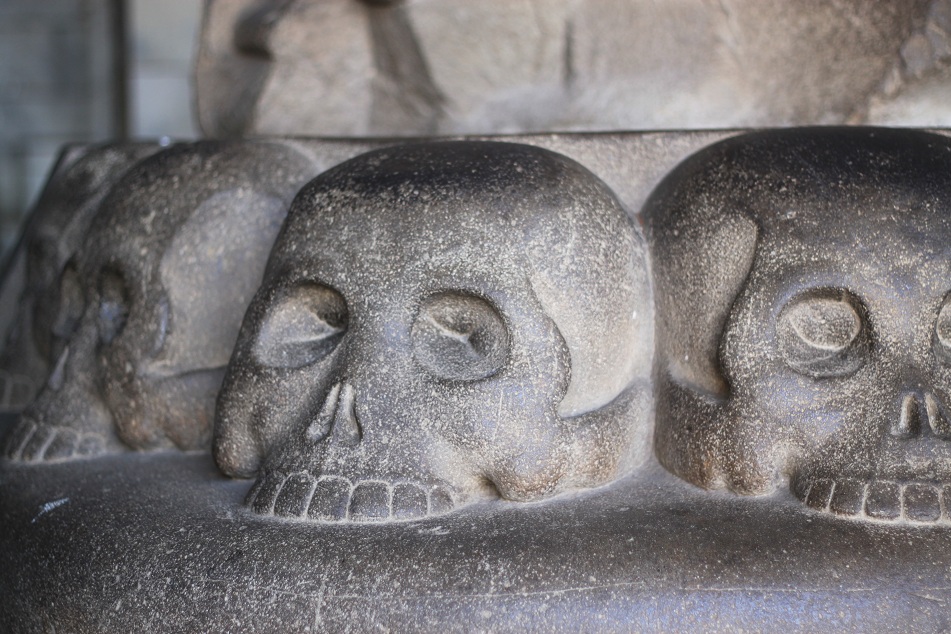
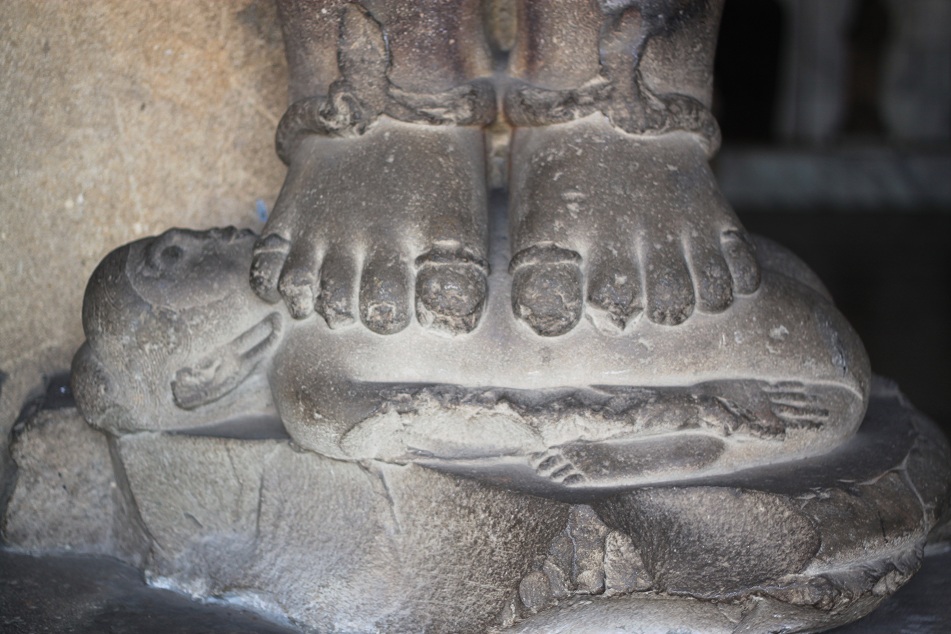
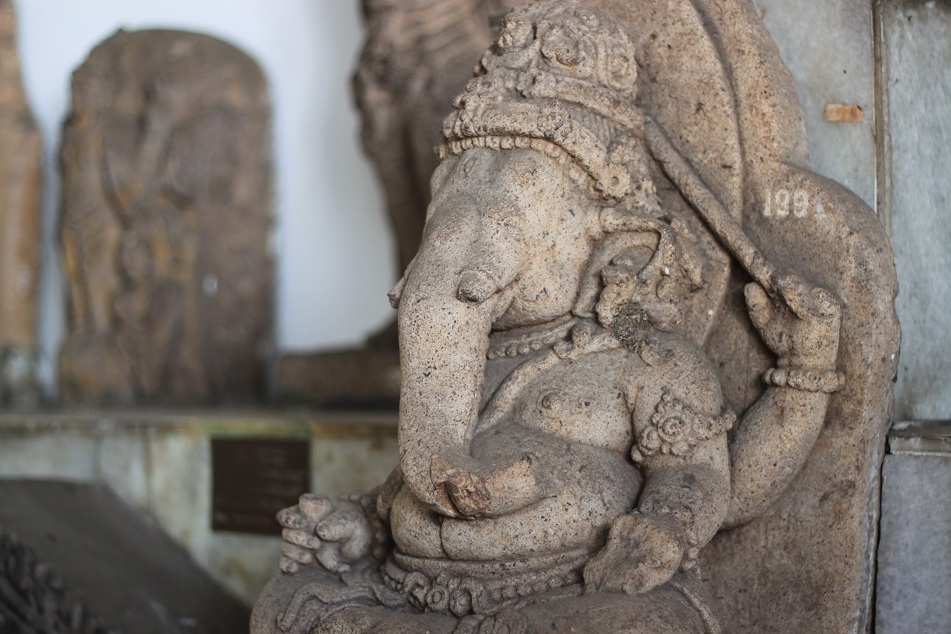

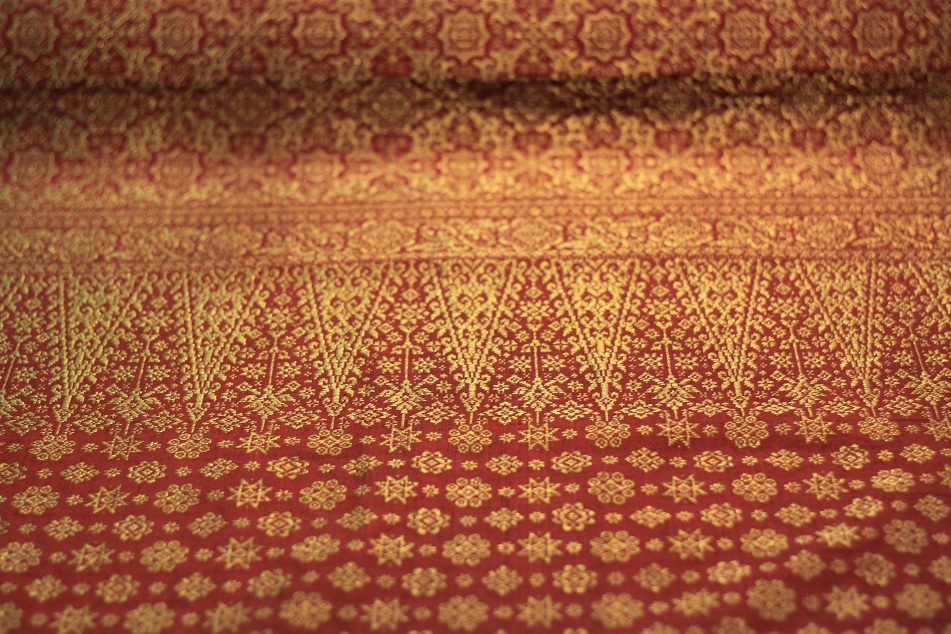
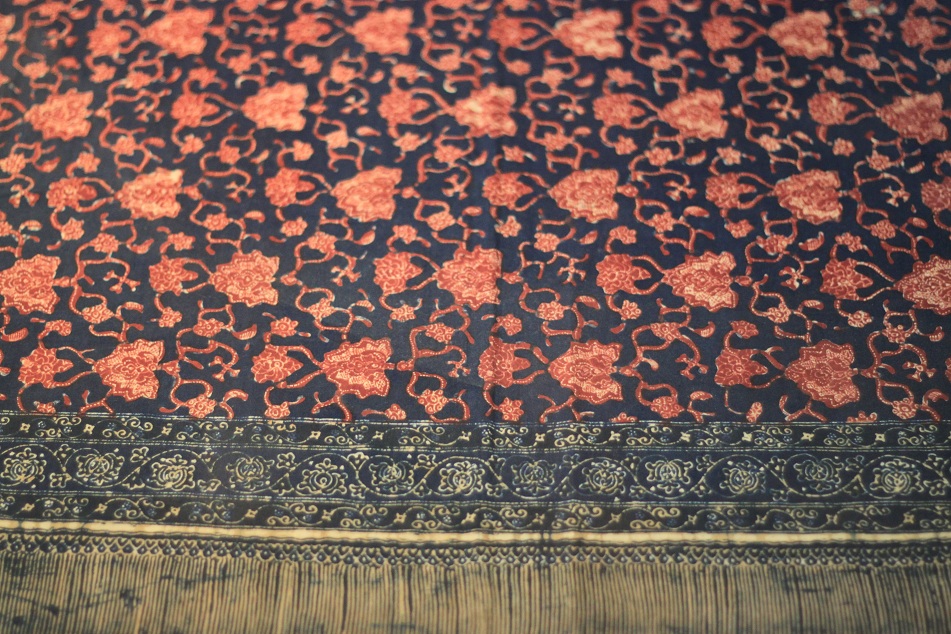
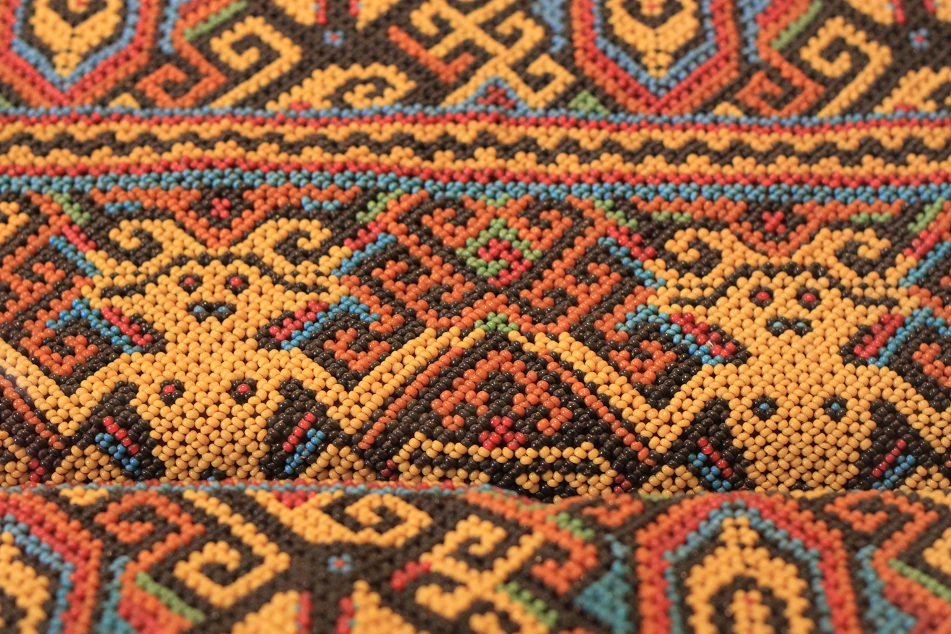
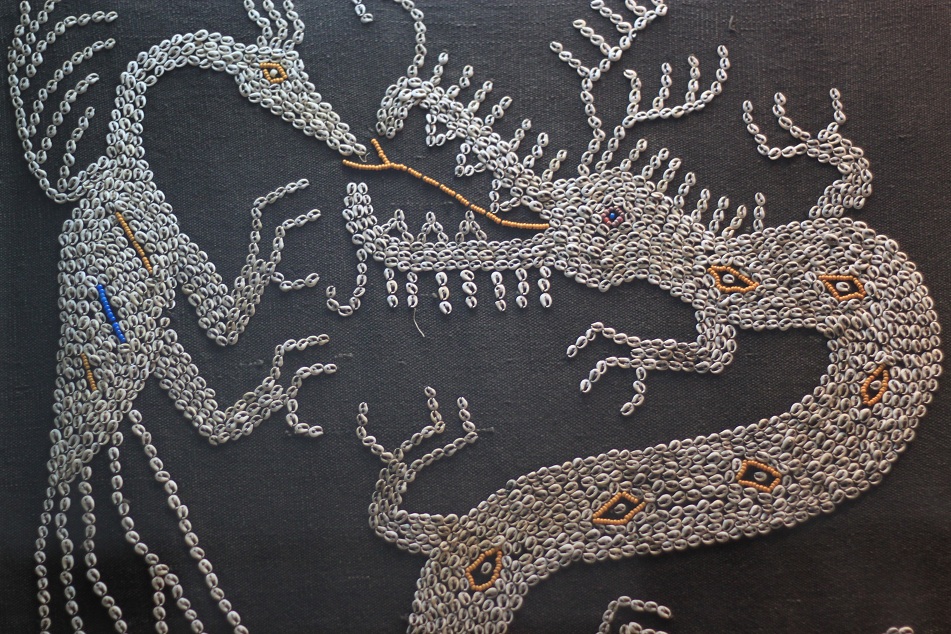
Great captures Bama! Looks like I’ll have to drop by the museum the next time I come to Jakarta – I know I could spend hours inside.
LikeLike
Thanks James! I hope by the time you come, things have been upgraded for a much more comfortable visit.
LikeLike
Bama, I really enjoyed reading the history of the museum and viewing your great photos. Thanks for sharing the history of your part of the world with those of us who may never be able to visit, although your photos certainly whet my interest!
LikeLike
Thanks Marilyn! I can’t wait for your stories on Alaska either because it’s one of those places where only a handful of Indonesians have got the chance to visit.
LikeLike
Wonderful photos Bama! Some familiar icons there 🙂 But my favourite is that shell worked fabric….so exquisite!
LikeLike
Thanks Madhu! Of course, since both Buddhism and Hinduism which flourished for centuries in Indonesia were introduced by Indian traders and priests. 🙂 I also love that shell worked fabric! The funny thing is prior to my visit to the museum, I’ve never heard of that kind of fabric before. So many things I still need to learn about my own country.
LikeLike
This really shows the cultural diversity in Indonesia’s different regions. I like the book of oracle, and the textiles.
LikeLike
It surely does, Denise. Even I was surprised to see those unique artifacts. When I saw that book of oracle I was very intrigued – and silently wished that there’s an information on how to use it. 🙂
LikeLike
Reblogged this on Voices and Visions.
LikeLike
Thanks for this wonderful post. I find it really great when others experience a country by taking a look at its culture. The pictures are magnificent! I will be doing some traveling over the next few months. Check out my blog if you are interested christopherhieb.com
LikeLike
I always try to make a time to visit a local museum every time I travel because that makes me understand the history and culture of that place better. Thanks Chris! And have a great time in Switzerland!
LikeLike
Absolutely incredible! Would you be happy for me to reblog?
LikeLike
Thanks Theresa! It would be my pleasure! 🙂
LikeLike
Thank you 🙂
LikeLike
My pleasure! 🙂
LikeLike
Nice. I love how detailed the craftsmanship is on those sculpture.
LikeLike
Thanks Hero! It always amazes me to see how the craftsmanship of ancient people could produce such beautiful and intricate work of art.
LikeLike
Why, oh why, did you not invite me dude? Those pictures are amazing. I am proud as Indonesian that we have those skillfully crafted arts. I hope that they can keep those in good condition years after.
LikeLike
Oh, sorry! :p I hope they can find better ways or displays to store the collections so that they can last for centuries to come!
LikeLike
Perhaps they can maintain it well. They should go to Korea Museums or China Museums so they can learn a lot from history stuffs :). Great post bama 🙂 even i haven’t go there :p..
LikeLike
Thanks Danny! We need to learn a lot from museums overseas, even from Angkor National Museum in Cambodia and Ayala Museum in the Philippines.
LikeLike
Can you believe that I lived in Jakarta for 16 years and never stepped foot in this place. What’s wrong with me? Well, I’m gonna try to fix this on my Jakarta visit this month.
LikeLike
I don’t blame you. As a kid, my parents never took me to museums. But they did take me to bookstores, which eventually brought up the wanderlust and love of history in me. I hope you’ll have the best out of your visit. Watch out for the rain!
LikeLike
Wow! Those are truly splendid collection of artifacts. You right, they are so well deserving of a proper showcase. I hope the museum upgrade will do them justice.
LikeLike
Indeed! And actually some of the artifacts were lent to other museums in Indonesia when I went. I do hope more upgrades will be done to the museum because the collections are priceless.
LikeLike
Whoa..I never know they have such an extensive collection. And yet I never set my feet in this place even though I stay in Jakarta for 18 years..>.<! Thanks for sharing this! =)
LikeLike
Actually it also hit me when one of my coworkers asked me if I had been to the National Museum. So, not too long ago I decided to pay a visit, and the collections didn’t disappoint at all!
LikeLike
Mostly your pictures are adorable, some are taken from different angle which people ussually shot. Allow me to complete the information :
‘The elephant bronze is not a return of a Buddha sculpture’. A similar elephant bronze also presented to Singapore, now in Raffles Museum. The King of Siam Visit Java in 1871, 1896 and 1901 (Puaksom, Davidsakd, The Pursuit of Java…., 2007).
The Netherland East Indies allowed the King of Siam to bring some souvenirs after the extensive visit in 1896. They are: 5 sculptures of Buddha, 2 Lions, A makara gargoyle, Lion-heads from staircase wings, Kala head (all belongs to Borobudur) and A ganesha from Candi Singosari, A kneeling Dvarapala without club (height 1.26m) from hill near Borobudur (picture in Wikipedia is wrong, it’s Candi Sewu Dvarapala) (Erp, Van, 1917,1923,1927 and Lohuizen, Van, 1981). I do really ‘gemes’ because it’s always state : present of King of Java ,even in Ganesha scuplture in Bangkok Museum description, Whose King of Java ?, on that era, Sultan already bonzaid and devide.
The Hindu Deity’s picture above is a portrait statue of King Krtarajasa Jayawardhana (Raden Wijaya) belongs to Candi Simping Sumberjati, Blitar. Deified as Harihara (both Siva and Vishnu attribute).
Under the magnificent Adityawarman statue is a corpse (of a baby or dwarf) and skull, describe the ritual dance in the graveyard as the King is the Tantrism-Siva-Bhairava follower.
LikeLike
I really appreciate your additional information. Thanks a lot!
LikeLike
Pingback: Politics, Religion and Art at Jakarta’s Focal Point | What an Amazing World!
What a fascinating set of artifacts. It’s interesting to see the original versions of the handcrafted items that we saw for sale in Balinese markets.
LikeLike
As I read your comment, I’m watching a TV program on Nefertiti Bust and a workshop in the outskirts of Berlin which produces its replica. It’s always a nice thing to see the original version of beautiful handicrafts or souvenirs that we see when we travel, indeed.
LikeLike
Pingback: In The Traditional Era of Indonesia – Books and Candies
Pingback: 10 Years in Jakarta | What an Amazing World!